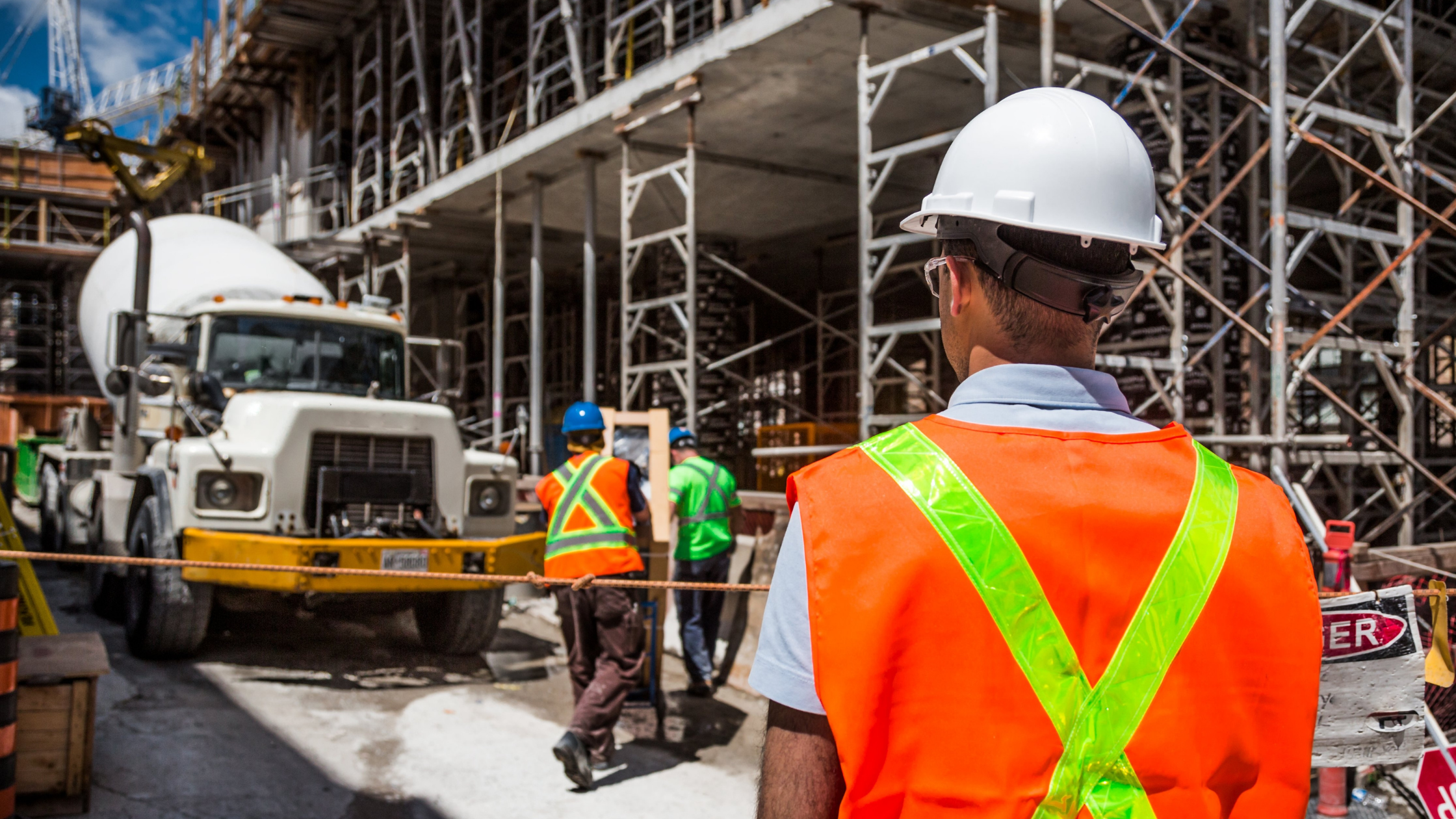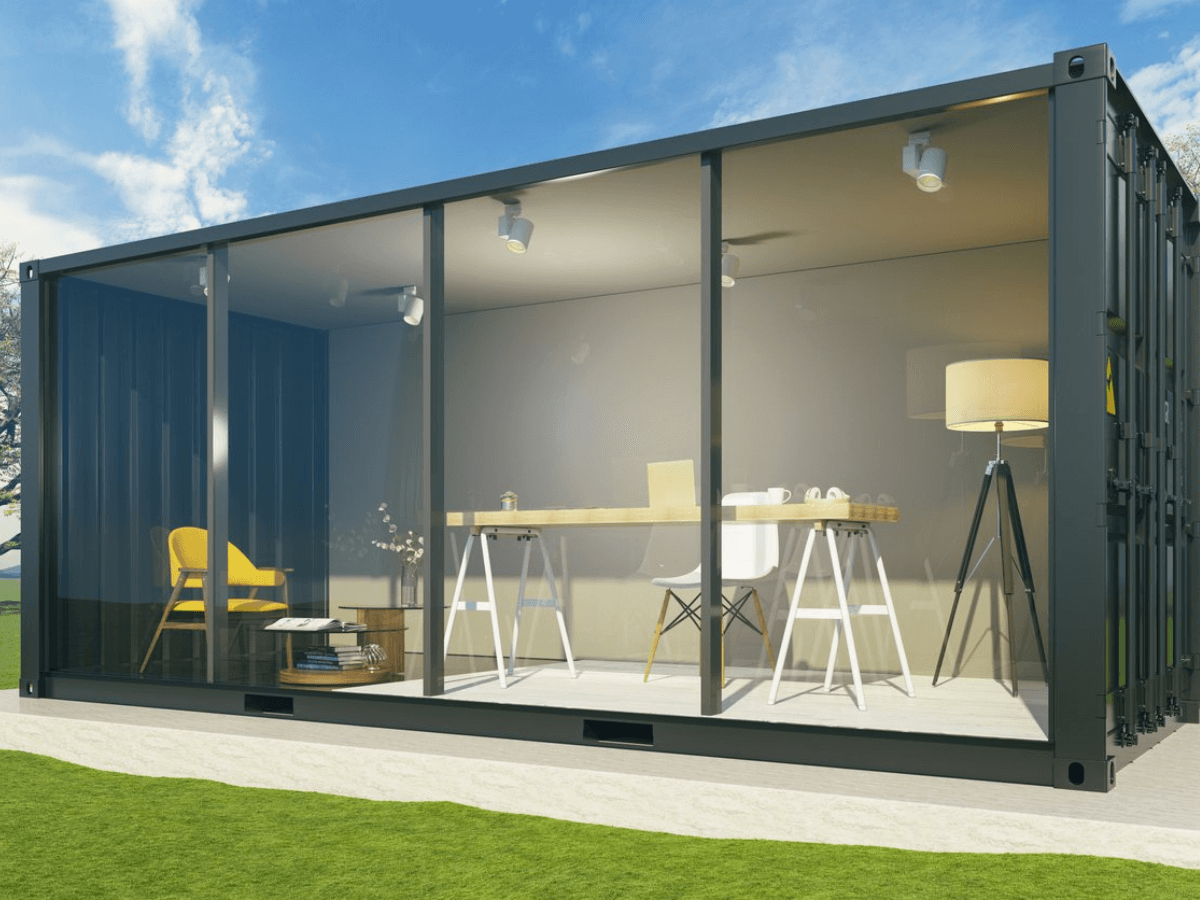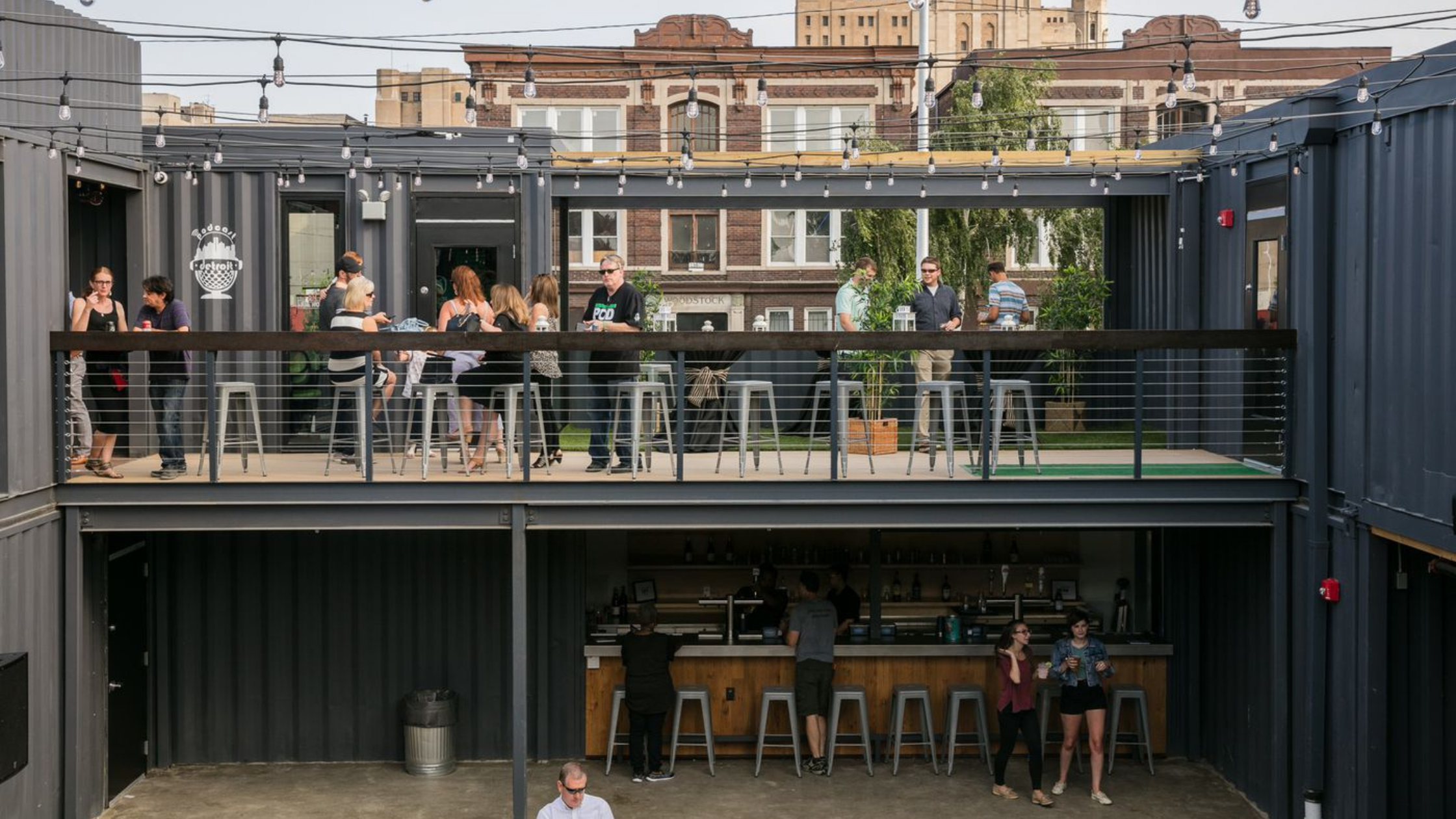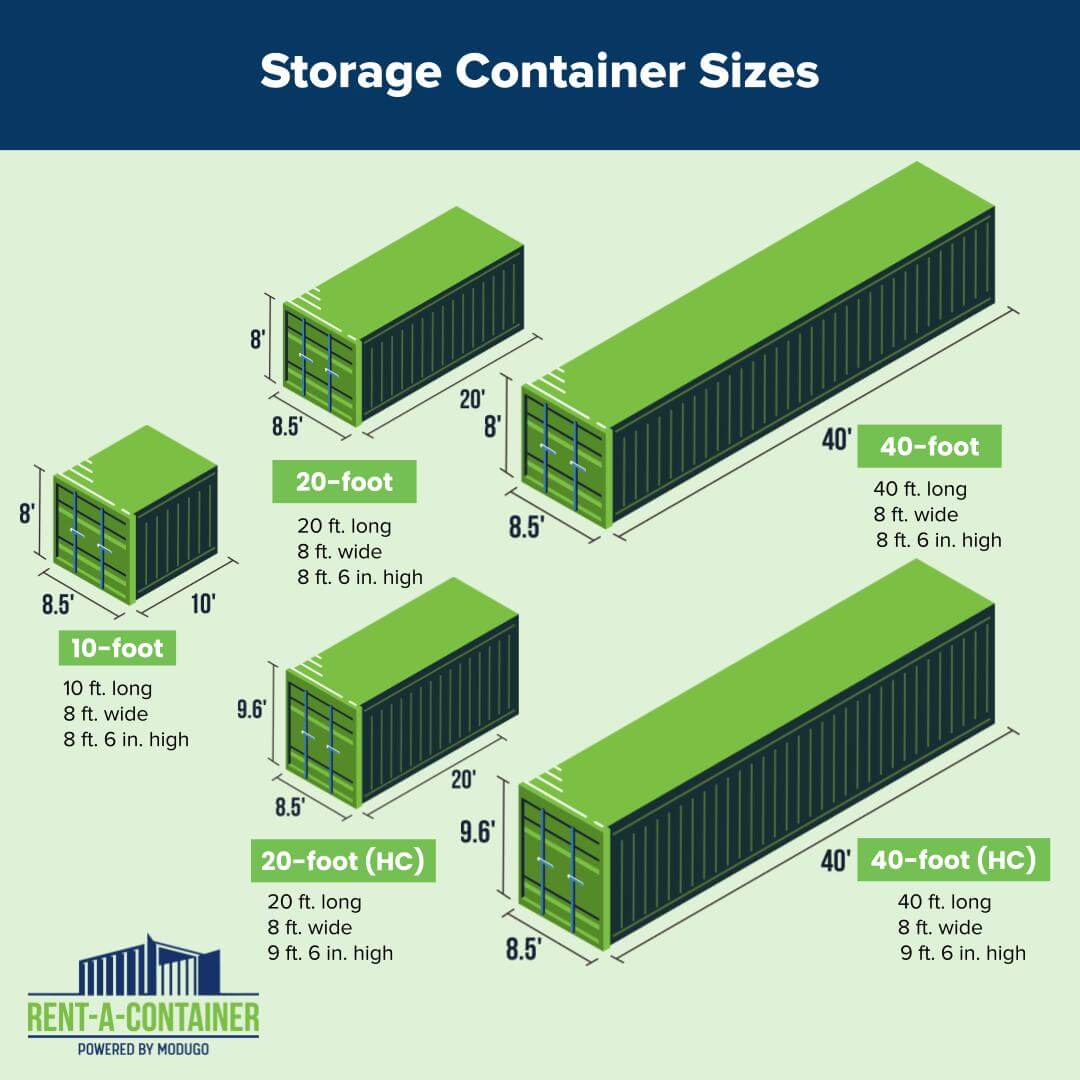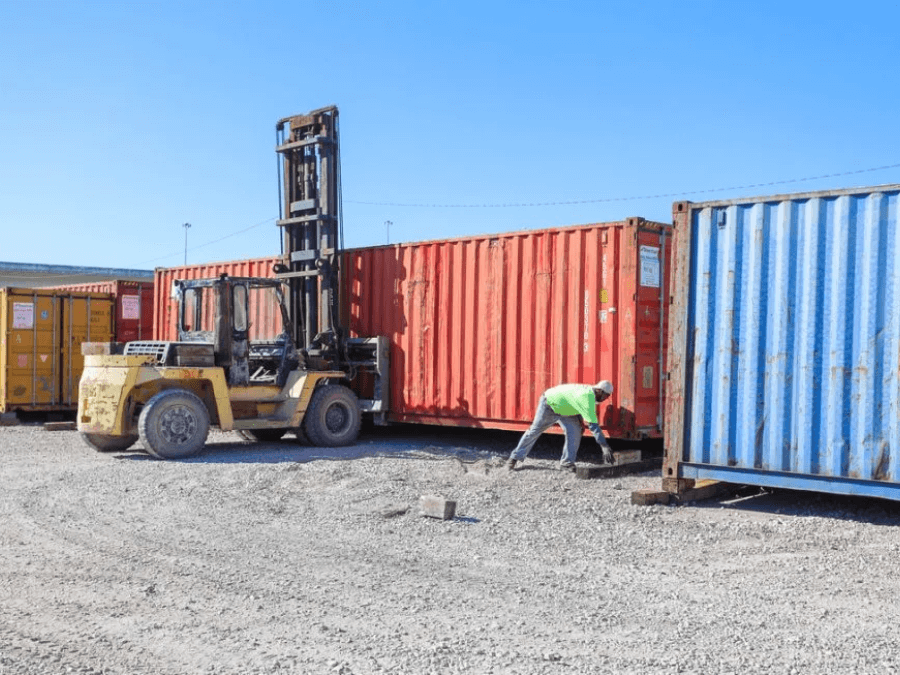
Shipping Container Site Preparation Guide: Do These Things to Make Delivery Easy
Shipping containers provide plenty of solutions to your storage and space obstacles – they can be homes, schools, or restaurants, as well as simply fulfilling their original purpose as some of the best long-term storage solutions in the world. But sometimes we forget that their appeal and durability relies somewhat on how well you prepare the site where you’ll be keeping them. Shipping containers are made out of heavy materials, and they can store a huge amount – and failing to account for that in the process of preparing a storage site will definitely have effects on how durable your containers actually turn out to be. As a result, properly preparing a site for your shipping containers is a vital part of receiving and using your containers for as long as possible. To that end, let’s discuss how you can choose an ideal shipping container site and what types of foundations you should consider for long-term shipping container storage or use. The Importance of Shipping Container Site Preparation In a nutshell, you need to prepare a site for your shipping container before it arrives to protect both the container itself and the surrounding land. This is absolutely necessary no matter what kind of shipping container you are purchasing. Even standard shipping containers – whether they’re 20’ or 40’ in length – are usually too heavy to rest on unprepared, soft ground without some negative side effects. For instance, most ground – even normally-dry desert soil types – eventually gets wet. That wet soil will stick to the bottom of a shipping container and over time will cause the exterior to degrade and become weaker. This has a staggering effect on the amount of use you’ll end up getting out of your containers. It can shorten their lifespan by several years. Besides that, failing to pack a container’s foundation materials tightly enough can result in your shipping container sinking into your yard or the ground around it outright. Beyond the fact that this damages the container and the land it’s on, it also inhibits your ability to access the inside of the container. Shipping containers that will be used as permanent fixtures (say, as part of a home) will be sitting in place for a long time, experiencing frequent movement and weight redistribution. If the shipping container site preparation isn’t done properly beforehand, the shipping container may unevenly sink and lean. Or the bottom of your container may steadily decompose if there isn’t any space underneath the container to let moisture evaporate. Fortunately, there are plenty of ways to accommodate the delivery and installment of your shipping containers. Prioritizing Site Access and Location The first thing to scope out is whether there’s easy access for the truck bringing the shipping container and for anyone looking to access the goods or doors of the container itself. This involves: Checking the surrounding area to ensure that it is clear of debris and potential obstacles This includes removing or avoiding any overhead obstructions such as phone lines, power cables, or tree branches that will potentially interfere with the container, truck and the driver’s ability to efficiently make the delivery. Additionally, make sure there’s enough room for the truck to maneuver any shipping container around if you want the doors to face a certain way. In order to allow a truck to back up in order to deliver a shipping container, you should definitely provide at least 15 feet of clearance space at the truck’s front and sides. If you want more information on specific space needs based on the truck and container size, check out our guide to buying shipping containers. Inspecting the site area to see if it’s compact Depending on the stability of the ground already, you may or may not need a concrete foundation (more on those later). It helps to know your soil types (clay, sand, loam, and mixtures), and how the area responds to moisture in the ground. Surveying the area for proper sloping In addition to knowing how compact an area is, be sure to avoid low areas where the ground can become saturated or pool with water. Properly graded sites help direct moisture away from the foundation of your containers. Considering Accessibility to the Container and Proximity to Important Structures and Utilities If you’re planning on using multiple containers to create a shipping container home or a building that you’ll use frequently, consider important utility tie-ins. This includes electrical, gas, cabling and plumbing requirements. You’ll want to make sure you’ve also taken care of any permits required in order to install electric and plumbing in your container. If you’ll need frequent, daily or weekly access to the container, consider where it is placed in relation to other important buildings. This will help make sure you’re not making unnecessarily long trips, and that your containers fit into the flow and logistics of your property. Having space for growth If it’s possible and space allows, try choosing a location that will allow you to add more shipping containers easily. A lot of users of containers regret setting up and preparing their sites in a small area, only to realize that they wish they could house more containers. Keep your focus on the long term demands of your storage or housing needs. How Do You Prepare Ground for a Shipping Container? Now that you’ve made sure you have a good location for your shipping container, it’s time to actually prepare the ground to support your container. There are various ways to do this, which we will go through. But at the very least, it’s extremely important to have an even, level site to put your container on– or, perhaps, a crushed stone pad. An even installation site will go a long way in keeping your container in good shape and your belongings safe. Here are some other ways to prepare your location for a shipping container: Leveling and compacting Whether you’re going to pour a more formal, cement foundation,


